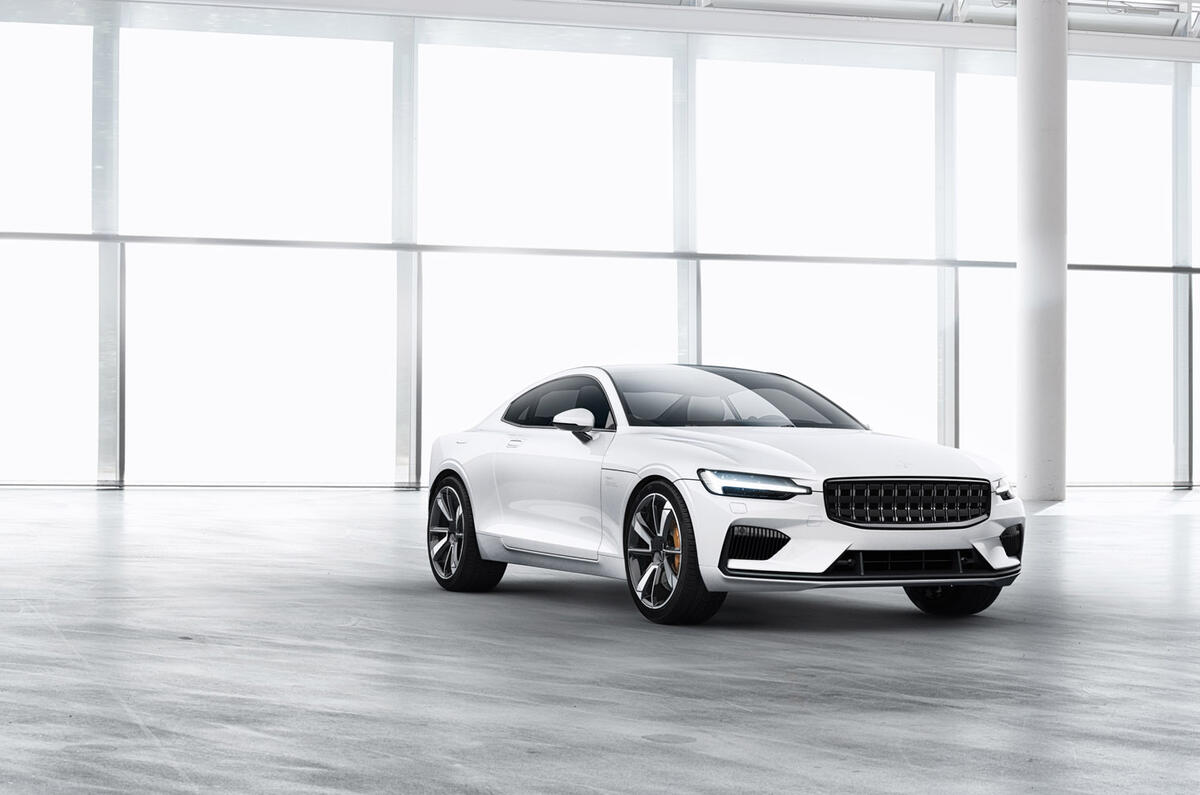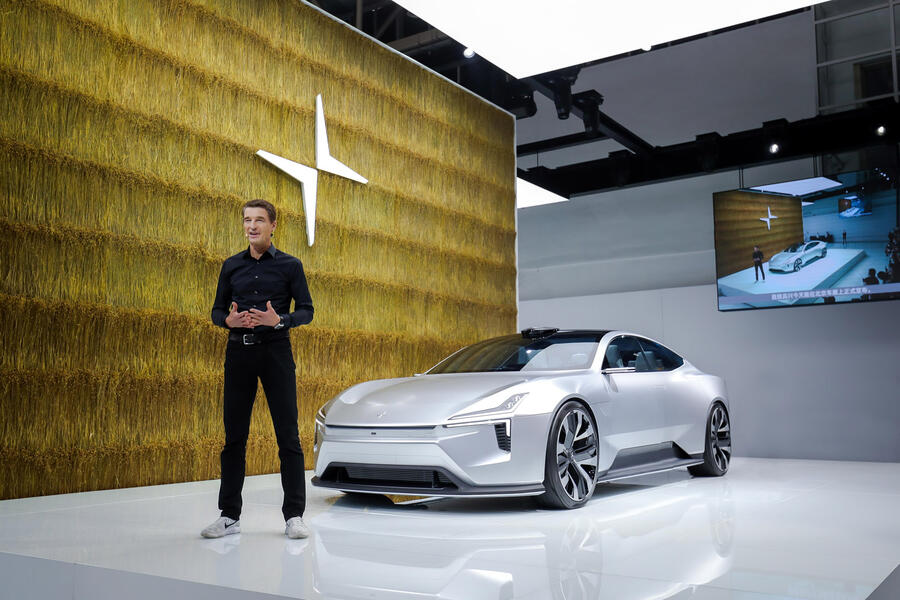Four years ago, Thomas Ingenlath, the winner of this year’s Sturmey Award for innovation, had no idea that he was about to become CEO of an entirely new kind of car company. He was fully occupied as the highly successful senior vice-president of design at Volvo, responsible for a much-praised improvement in the shape and character of a model line-up that had spurred a recovery in global sales.
Despite the growing success, insiders like Ingenlath were well aware that if Volvo were to remain true to its brand values, there were certain cars that it could never make: bold cars, eccentric cars, performance cars, low-volume luxury cars and Marmite cars.
So, in the latter part of 2016, an idea grew up within Volvo that their time-honoured ‘warm’ brand needed a ‘cool’ associate that could utilise as many existing components and systems as possible to make cars for an entirely different clientele. It soon emerged that one clear way of signifying coolness was to embrace electrification a decade before the rest of Europe’s car makers would be forced to do it. Another was to be far braver with the styling and more driver-centric with the vehicle concepts.
To achieve this, two things were needed: a brand name that would embody the values of the new marque and an inspired, experienced company boss whose own progressive way of thinking and personal cool would clearly show the new company’s direction of travel.

Amazingly, Volvo already had both assets close at hand: the Polestar name that had been used since 1996 for a factory-associated racing team and on hot Volvo road cars; and the powerful personality of Ingenlath, Volvo’s outspoken, energetic and endlessly creative head of design.
Polestar was at first an exploratory project of the kind all car companies have bubbling under the surface. Ingenlath explains: “[Volvo CEO] HÃ¥kan Samuelsson and [then R&D chief] Peter Mertens came up with an idea for Polestar that would be an entirely new challenge for us: a kind of electric Aston Martin, positioned well above Volvo among the exclusive luxury models. We worked on it for a couple of months, producing some fairly conservative design proposals and planning a model structure.




















Add your comment